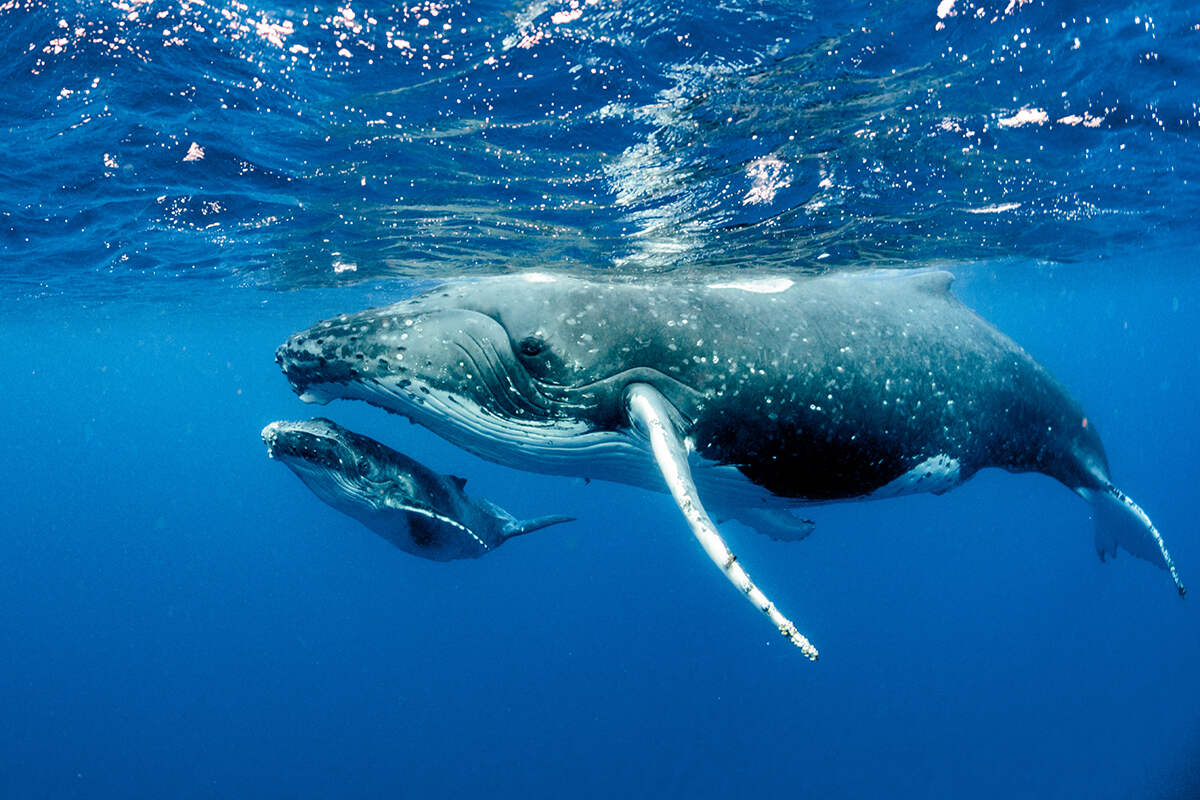
In this eye-opening book, Tom Mustill challenges our human-centred world view and our perception of animal communication with some fascinating research
Review By Graeme Gourlay
Recent machine learning advances mean we can accurately translate on the fly between languages as diverse as Mongolian and Swahili. The digital mapping of individual languages reveals meaning by the relationships of one word to another measured by proximity during usage rather than comparing dictionary definitions. Laying these maps on one another, you can swiftly move between them. Hence the sudden and dramatic improvement in Google Translate.
What if we could do the same between species? There is a cluster of such breakthroughs, often using artificial intelligence, which means there is a realistic chance that this might be more than a Dr Doolittle fantasy. In this fascinating book, wildlife filmmaker and conservation biologist Tom Mustill takes us through the scientific research poised to fundamentally change how we view other animals and our understanding of our place in the natural order of life on earth. There are still vast gaps in our knowledge, some of which may never be crossed. Chasms exist between the lived experience of different animals. However, there is a growing sense that we are about to undergo a profound change in our understanding of how species such as cetaceans, birds and some mammals communicate.
It remains an open question as to whether the vocalisations and gestures of other animals can be considered analogous to language as we understand the term. But there is growing evidence that animals communicate in a far more complex, rich and sophisticated manner than had previously been imagined. The assumptions around our human-centred world view, with the ‘dumb beasts’ being no more than product for us to consume, are crumbling. We know that elephants grieve, that dolphins have names and that some animals have an understanding of self.
Whatever the outcomes of the exciting research that Mustill details in this highly readable and eye-opening book, it is clear that our anthropomorphic arrogance is going to be challenged.




